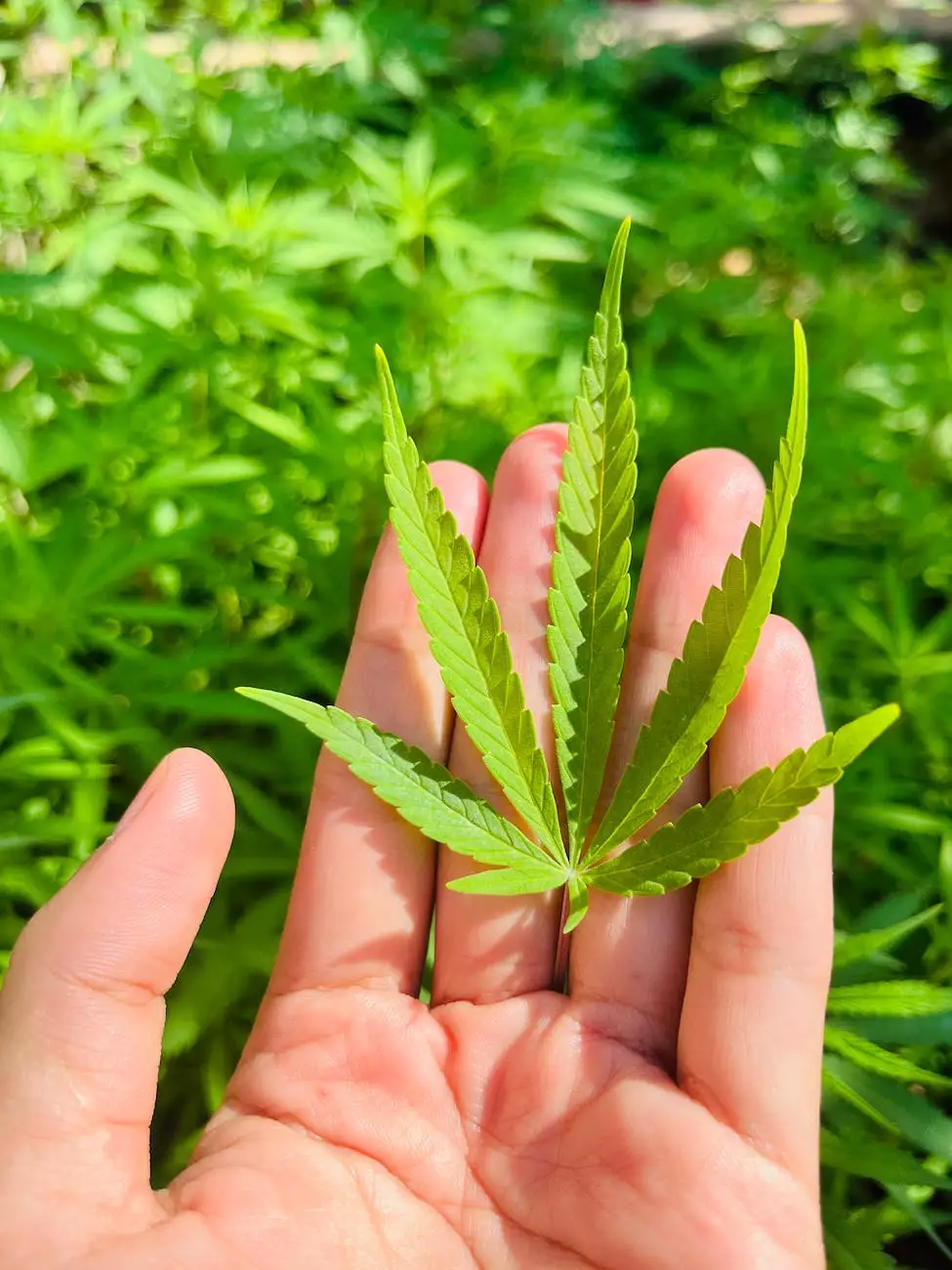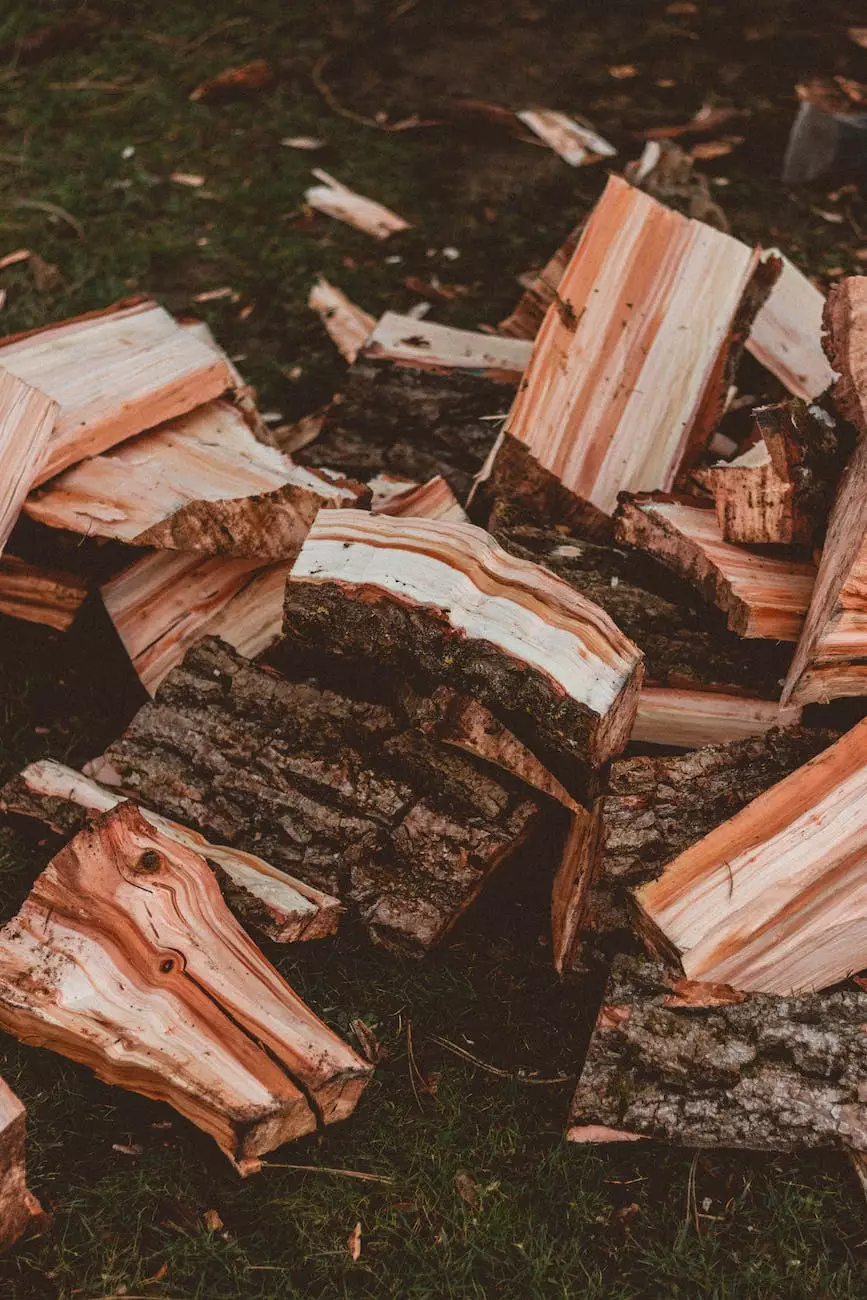How to Control Broadleaf Weeds

Introduction: Understanding Broadleaf Weeds
Broadleaf weeds are among the most common and persistent nuisances found in lawns and gardens. They include a variety of species such as dandelions, clover, thistle, and plantain. These unwanted plants can quickly spread and compete with desired plants for nutrients, sunlight, and water. Effective control methods are crucial to maintaining a healthy and visually appealing landscape.
1. Prevention is Key
Preventing the establishment and growth of broadleaf weeds is the first step towards control. Here are some preventive measures:
- Regularly mow your lawn at the appropriate height to encourage strong grass growth, which will crowd out potential weed invaders.
- Apply a pre-emergent herbicide in early spring to create a barrier that inhibits weed germination.
- Ensure your soil is well-nourished and properly balanced with essential nutrients to promote healthy grass growth, making it less susceptible to weed infestations.
2. Identification and Understanding Broadleaf Weeds
Proper identification of broadleaf weeds is vital for effective control. Knowing the specific characteristics and life cycles of different weeds can help you choose the most appropriate control methods. Here are some common broadleaf weeds:
Dandelion (Taraxacum officinale)
Dandelions are perennial weeds with bright yellow flowers and fluffy seed heads. They have deep taproots and spread easily through windblown seeds. Hand pulling or spot treatment with a selective herbicide can be effective control methods.
Clover (Trifolium spp.)
Clover is a creeping perennial weed with three-leafed clusters. It thrives in low-nitrogen soil and can be controlled by promoting a balanced nutrient profile in your lawn and using selective herbicides.
Thistle (Cirsium spp.)
Thistles are prickly perennial weeds that can quickly spread and become invasive. Removal by hand or application of a broad-spectrum herbicide on young plants can help prevent further infestation.
Plantain (Plantago spp.)
Plantains are common broadleaf weeds with distinct oval-shaped leaves and tall seed spikes. Regular mowing and manual removal can be effective control methods for this persistent weed.
3. Control Methods for Broadleaf Weeds
There are several effective control methods available for managing broadleaf weeds:
1. Mechanical Control
Hand pulling, digging, or using a weed puller tool can be effective for removing individual weeds. Ensure you remove the entire root system to prevent regrowth.
2. Cultural Control
Proper lawn care practices, such as regular watering, fertilization, and aeration, can help create conditions that promote a healthy lawn, making it less susceptible to broadleaf weed growth.
3. Chemical Control
Selective herbicides designed specifically for broadleaf weed control can be an effective solution. Follow label instructions carefully and only apply herbicides when weather conditions allow.
4. Organic Control
For those preferring eco-friendly options, organic herbicides, such as vinegar-based solutions or citrus oil sprays, can provide satisfactory results. However, multiple applications may be required.
4. Professional Weed Control Services
While DIY methods can be effective, some broadleaf weed infestations may require professional intervention. At Cutting Hedge Services, we specialize in comprehensive weed control services tailored to your specific needs. Our experienced team utilizes advanced techniques and products to ensure efficient eradication of broadleaf weeds, leaving you with a thriving and weed-free landscape.
Conclusion
Broadleaf weeds can be a persistent nuisance, but with the right knowledge and techniques, you can effectively control them. Implement preventive measures, understand the different types of weeds, and choose the appropriate control methods. If you need further assistance or prefer professional help, Cutting Hedge Services is always here to provide expert guidance and comprehensive weed control solutions. Maintain a beautiful and weed-free landscape with our assistance!










